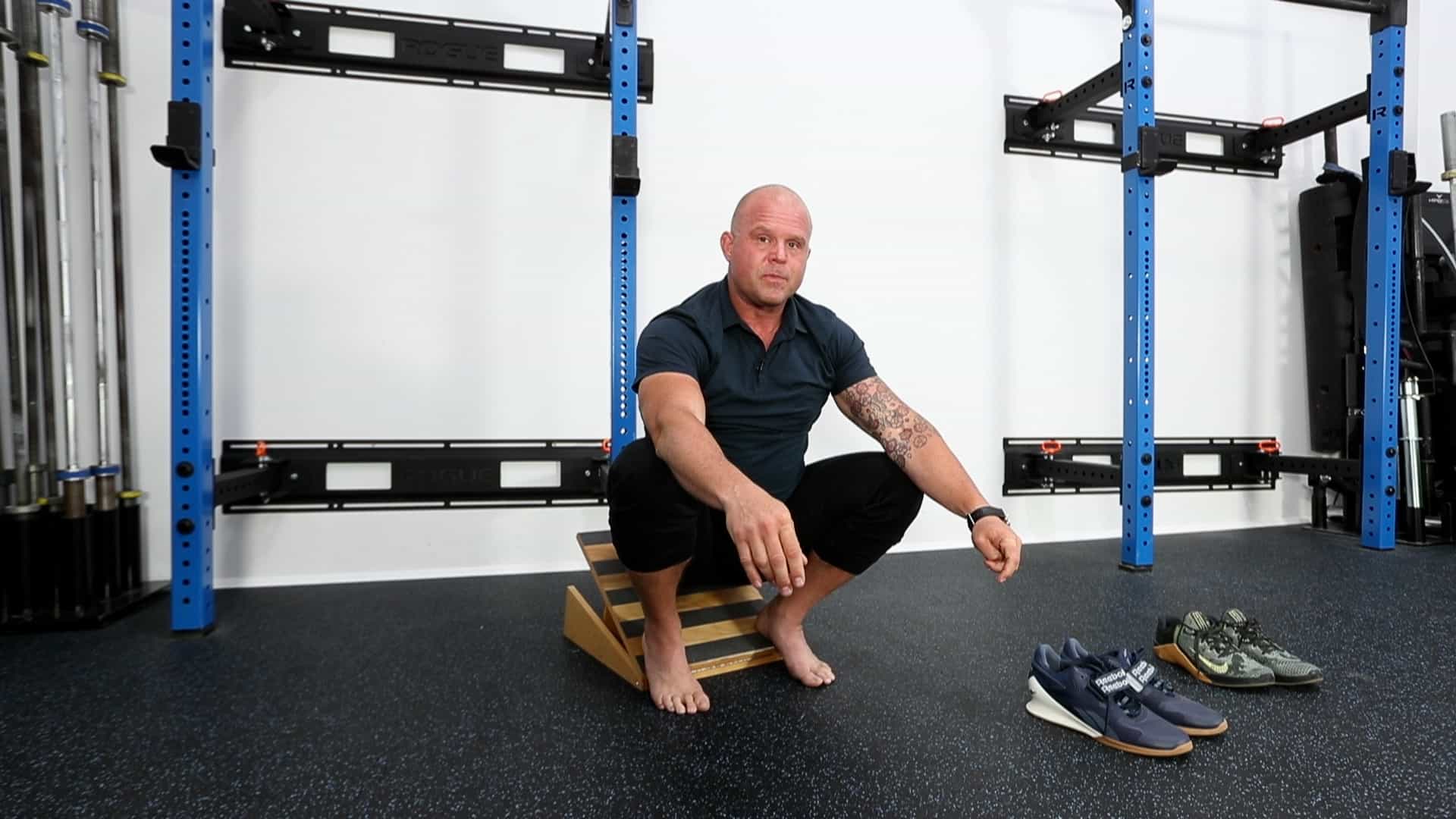
When it comes to optimizing lower body exercises, particularly squats, the debate between using an adjustable slant board and simple heel plates is ongoing. This article will explore the benefits and drawbacks of both, helping you make an informed decision for your training regimen.
Adjustable Slant Board: Enhancing Your Exercise

The adjustable slant board is a versatile piece of equipment designed to improve the angle of your feet during exercises. Its primary advantage lies in its ability to provide a stable, inclined surface, which can be crucial for those looking to increase their range of motion and target specific muscle groups more effectively.
One of the key benefits is its ability to be customized to various angles. This feature allows users to adjust the incline to their specific needs, which can be particularly beneficial for those with mobility issues or ankle stiffness. By enabling a deeper squat without straining the Achilles tendon, the slant board can lead to more effective workouts and reduced risk of injury.
Beyond squats, the slant board can be used for a variety of exercises, including calf raises and stretching routines. Its sturdy design ensures safety and durability, making it a valuable long-term investment for your home gym. However, its size and cost may be a consideration for those with limited space or budget.
Heel Plates: A Simple Solution

For those seeking a more straightforward approach, heel plates, or weightlifting shoes with elevated heels, offer a simpler solution. These are small, portable devices that can be easily integrated into your workout without the need for bulky equipment.
Heel plates are incredibly easy to use; simply place them under your heels during squats to achieve a similar effect. Their portability makes them ideal for those who travel frequently or prefer to keep their workout gear minimalistic. This simplicity, however, comes with limitations in adjustability and versatility.
The affordability makes them an attractive option for many. They provide a cost-effective way to modify your stance and can be used with any standard workout shoe. However, the lack of adjustability means they may not be suitable for everyone, and their effectiveness is limited to exercises that benefit from heel elevation.
Conclusion: Making the Right Choice
Choosing between an adjustable slant board and heel plates depends on your specific needs, budget, and workout preferences. It offers greater versatility and customization but at a higher cost and with more space requirements. Heel plates, on the other hand, are a budget-friendly, portable option that works well for basic needs but lacks the adjustability and range of use offered by the slant board.
Both options have their place in a well-rounded workout regimen. For those prioritizing safety, customization, and a wide range of exercises, the adjustable slant board is the superior choice. If simplicity, cost, and portability are your main concerns, heel plates may be the way to go. Whichever you choose, incorporating heel elevation into your workouts can lead to improved performance and reduced risk of injury, making it a worthy consideration for any fitness enthusiast.














